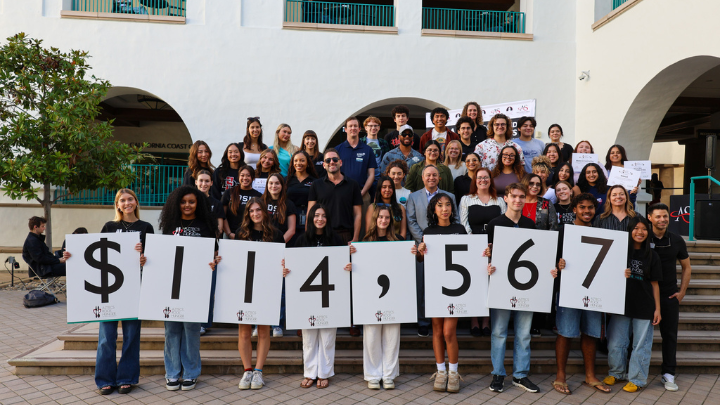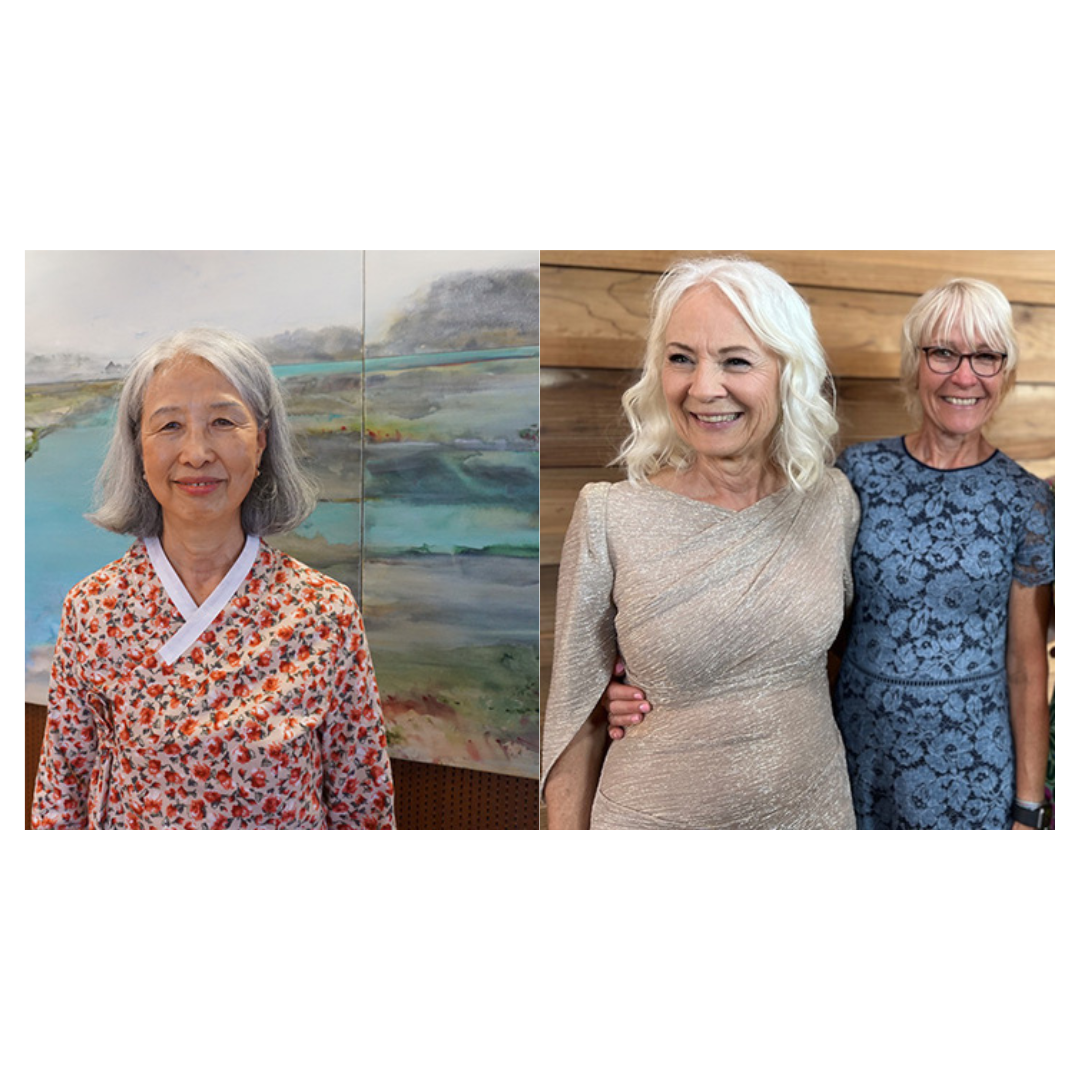Painting the Town Green
A remodel for National City? SDSU is on it.

This story is featured in the fall 2014 issue of 360:The Magazine of San Diego State University.
WANTED: Resourceful, forward-thinking city for mutually beneficial partnership. Must be ready for commitment. Apply to San Diego State University.
You won’t find this ad in any classified section, but the relationship it frames is playing out in what could become a prototype for environmentally friendly city planning
National City, San Diego County’s second oldest municipality, has teamed up with SDSU students and faculty to explore ideas for smart, sustainable growth in line with the city’s strategic plan.
It’s all part of the Sage Project, an SDSU initiative enabling students, through their coursework, to tackle real-world projects that improve the quality of life in San Diego.
Kudos from the EPA
Project director, Jessica Barlow, modeled SDSU’s program on a successful University of Oregon initiative. The only one of its kind in California, the Sage Project has earned kudos from Environmental Protection Agency officials eager to see it replicated throughout the state and the country.
Last year, marketing and health communication students partnered with National City to develop plans for corner store “conversions” featuring fresh, healthy food; finance students created a long-term property management plan for the city; and art students designed wayfinding systems from repurposed and recycled materials.
More than 750 SDSU students from 21 classes currently work with the Sage Project in this second year of collaboration with National City. The students are aspiring city planners, climate change scientists, graphic designers, nutritionists and professionals in the child care, real estate and tourism sectors. What they share is an eagerness to take their classroom learning into the community.
Working with decision-makers
It’s a community David Sevilla knows well. He grew up there in the 1990s, when poverty and violence lived alongside mom-and-pop grocery stores and pickup soccer games. There’s a more gentrified vibe in the city these days, he said, and a receptiveness to environmentally friendly development.
Sevilla is one of 30 undergraduate and graduate students involved in the Sage Project through Land Use Analysis, a geography class led by Diana Gauss Richardson. She’s been teaching the course since 2001, but its integration within the Sage Project adds authenticity and gives students access to top decision-makers.
Brad Raulston, executive director in the city manager’s office, and Robert “Dukie” Valderrama, the Port of San Diego commissioner representing National City, are occasional speakers in Richardson’s class. They’ll also be in the audience at the end of the semester when student groups present final development plans.
For Richardson’s students, the work begins with a site visit. On a steamy Saturday in September, the class gathered in the marina district for a walking tour with principal planner Martin Reeder, a student of Richardson’s in 2003.
In class the students had studied virtual maps, but on this morning, they could see up close the arbitrary juxtaposition of commercial, industrial and maritime land use within the 41-acre study site.
Getting it right
Thirteen percent of National City’s area is classified as “water.” Of that, 440 acres comprise the National City Marine Terminal, co-managed with the Port of San Diego, and the entry point for one of every eight cars imported into the United States.
“The natural tendency in redeveloping older areas is to remove or relocate ‘dirty’ land uses such as industrial businesses,” said Reeder. “But to compete economically, the city needs to foster all types of business. Parks and trails are nice to have and are required to a degree, but they don’t generate income for the city.”
Often students need that reality check as they think about adding recreational features such as walking trails, a farmers market, a dog park and small retail shops within National City’s marina district. City planning is a delicate balance of competing interests.
Shannon Mulderig sees the give-and-take firsthand as an intern in the city manager’s office. In Richardson’s class last year, Mulderig worked with a group whose redevelopment plan earned praise from National City officials as well as internships for several of the students.
“This experience has shaped my career goals,” Mulderig said. “I’ve learned that city projects take time because there’s a lot of public input. The city planners want to get it right.”
So do the faculty, staff and students involved in the Sage Project. Success in National City will strengthen SDSU’s community engagement and could create career opportunities for students.
Barlow is already accepting letters of interest from potential partner cities for the 2015-2016 academic year—and the field is wide open.



